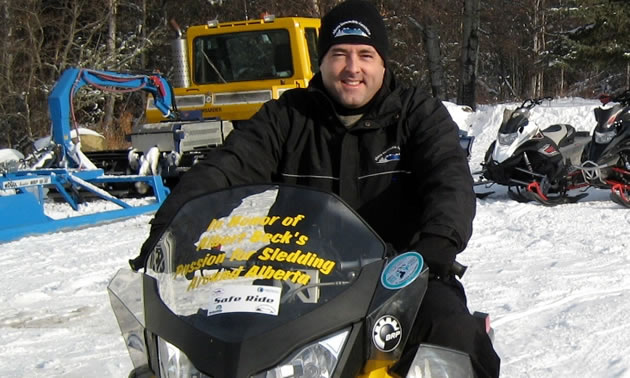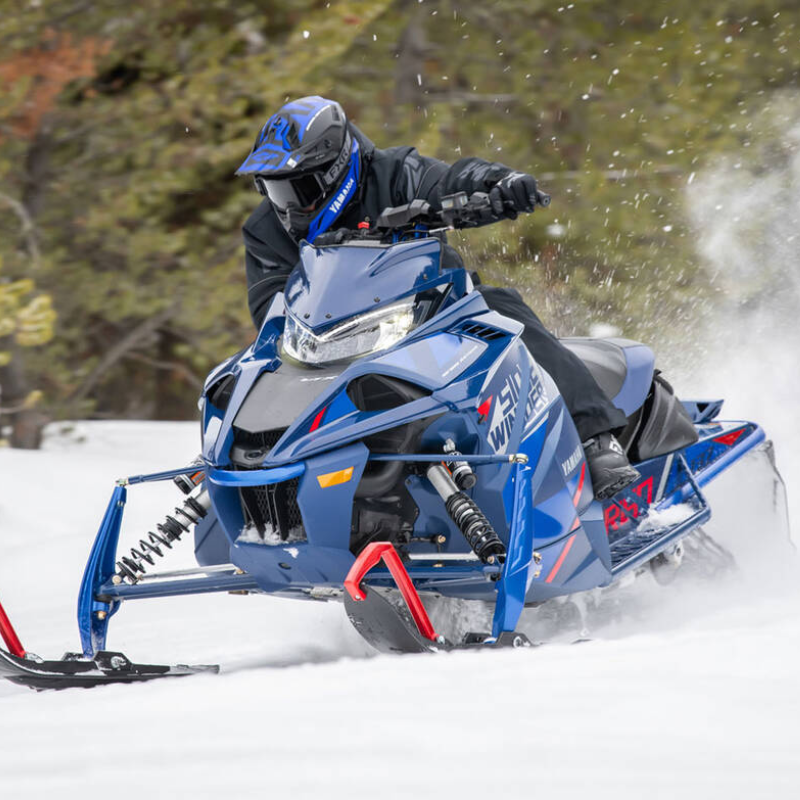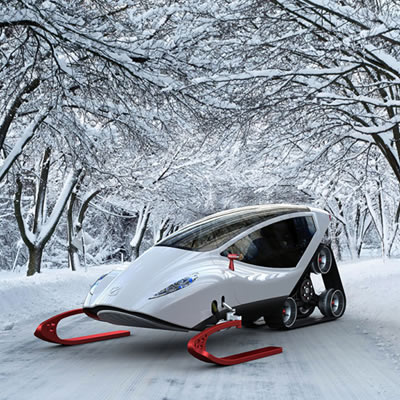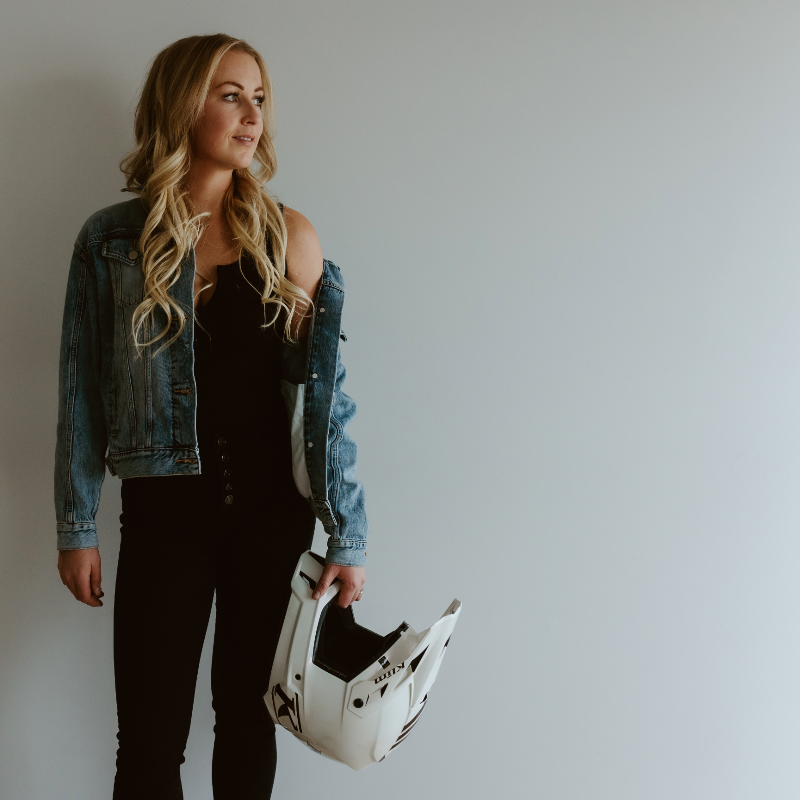Editor's Note: Chris Brooks, executive director of the Alberta Snowmobile Association (ASA) talks about this season's snowmobile fatalities. Here is an edited version of his thoughts as they appeared in the season-ending ASA newsletter.
One of my main concerns coming out of this past snowmobile season has been the increase in snowmobile-related avalanche incidents. I know, as someone who works closely with Avalanche Canada, that we in the snowmobile community have worked feverishly these last few years to really get the message out.
Get the gear, get the training and get the bulletin.
I know from my many conversations that the peer pressure is growing in the mountain-riding community, where sledders won’t ride with someone missing the gear and the training. And that just makes sense. You can have all the training in the world but if you have none of the gear, you are not going to be able to save someone’s life should you be caught in an avalanche.
Yet this past season we have seen a spike in incidents, and a great number of those are from Alberta. What has changed? We know that more and more sledders are now getting it, that they need to get in and get an Avalanche Skills Training (AST) course. I think what many don’t seem to get is that there are two parts to AST training—AST 1 and AST 2. Having just AST 1, or even just having the classroom session, isn’t enough. You have taken half of the AST program if you stopped at AST 1, and you are at about 25 per cent if you didn’t take the field session. To actually be competent in AST training, you need to finish the AST 2 course as well.
I believe this is a big part of the problem. From the ASA perspective, I know that we put a lot into advertising avalanche safety. We now include it in our Safe Riders school program in the hope that it will filter to the parents. We sponsor a billboard in Hinton with AvCan to reach the non-ASA member sledders heading to B.C. to hopefully get them to the AvCan website (www.avalanche.ca) where they can find what they don’t know.
We pay for space for AvCan at all the trade shows we go to and we sit on the snowmobile committee at AvCan (myself and ASA director Joel Wasnidge). We push through all our social media channels the message of avalanche safety, but here we only reach our own followers. The next big step in avalanche safety has to be to get mountain sledders to pressure each other into getting their AST 2 course to have that complete education.
Maybe then we will see the number of incidents seen this last season start to decline.







